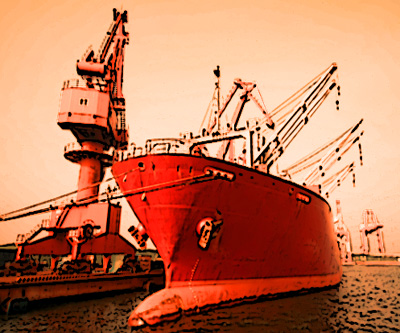Red hot iron ore cools down as Chinese mills opt for cheaper domestic supplies

The benchmark CFR import price of 62% iron ore fines at China’s Tianjin port is pulling back from 15-month highs set last week when the commodity came within sight of $160 a tonne.
On Monday iron ore was changing hands at $154.60 a tonne which is still at levels last seen in October 2011 and up an astonishing 75% from its September lows.
The run-up in price is forcing Chinese steel mills – the country’s furnaces consume of just shy of 60% of the global seaborne trade – to switch to domestic supply of ore, which is typically more than $6 a tonne cheaper than imported ore.
The price differential is because of the much lower iron content – 20% vs 62% and up – of domestic supplies which increase extraction costs.
“Domestic ore accounted for 84.1 percent of the fines used to process into pellet feed and 28.2 percent of the ore used to produce sinter feed as of Jan. 11, up from 80.1 percent and 26.2 percent respectively reported on Dec. 21,” according to a new study by MySteel, a China-based researcher:
Steelmakers including Jianlong Steel Holdings Co., China’s third-largest non-state mill, and Zenith Steel Group Corp. said last week they’d like to buy more local ore, even as the nation’s coldest winter in 28 years keeps domestic mines closed and local supplies limited.
Over the weekend, Vale CEO Murilo Ferreira said he expects the iron ore price to be less volatile in 2013: “I don’t see a scenario that is as pessimistic as in September 2012, or as exuberant as in 2008 and 2010, when prices reached $200.”
The Brazilian miner is the world number one producer and like other majors have taken a more cautious approach for 2013. Vale slashed its capex budget for this year by 24% to $16.3 billion after 2012 also came in under budget.
Rio Tinto announced last year plans to cut costs by as much as $5 billion over the next two years and fellow Anglo-Australian giant BHP Billiton has also scaled back expansion plans although its iron ore operations remain mostly unaffected.
{{ commodity.name }}
{{ post.title }}
{{ post.date }}




Comments